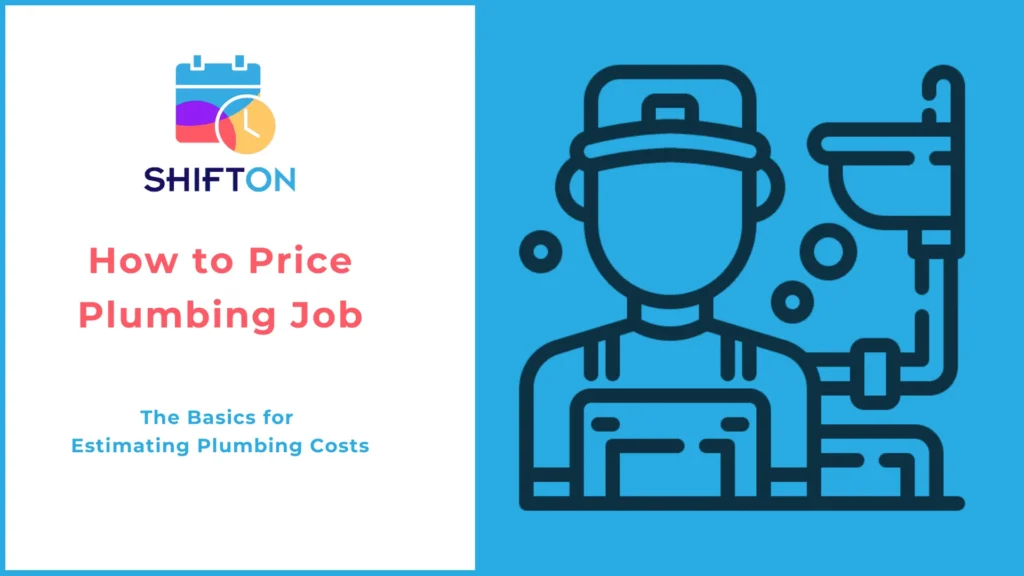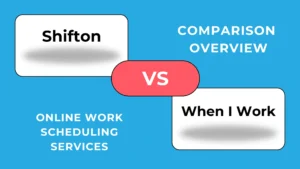Pricing in plumbing is a critical component of a successful business. Setting the correct price ensures not only profit but also helps build trust with clients. In this comprehensive guide to plumbing service costs, we’ll delve into every aspect of pricing—factors affecting price, and even a plumbing cost calculator. Mastering the art of pricing allows you to maximize profits and attract more customers. Read until the end to learn how to assess plumbing materials and enhance your market competitiveness.
Understanding Plumbing Market Dynamics
[caption id="attachment_3886" align="aligncenter" width="1920"]A competitive landscape analysis is the first step in understanding plumbing market dynamics. Researching your competitors’ service prices helps determine where your business stands. It’s imperative to not only study labour costs but also consider factors like quality and client feedback. By comparing your offerings with others, you can identify unique advantages that differentiate you. Understanding your market position helps shape a sales-oriented pricing strategy.
It’s also essential to define your target audience. Who is your ideal client? Knowing who seeks plumbing services and what issues they need resolved allows you to tailor your offers. Once you analyze your audience, you’ll better understand how to price your services, including labour costs. This insight aids in crafting appealing offerings and communicating more effectively with clients.
Your market positioning strategy must be data-driven. Continually update intel on your competitors' pricing and services, and respond to changes. This is necessary for competitiveness and for justifying your rates. Knowing how labour prices compare with your offers allows you to adjust them in real time, providing flexibility and adaptability—crucial in a rapidly evolving market.
Understanding plumbing market dynamics, analyzing competitors, and defining your target clients form the foundation of success. These elements are interconnected and drive a powerful pricing strategy. Successful plumbers continuously analyze the market and incorporate findings into their offers. Knowing how to build your service around cost estimation enables you to develop pricing strategies aligned with your clients’ needs.[/caption]
Competitive Environment Analysis
Analyzing your competitive environment is a crucial step in pricing plumbing services. Knowing your main competitors and their offerings provides insight into current market trends. It also reveals which services are in demand and what issues clients face. Regarding labour costs for plumbers, you must assess how your rates stack up. By comparing services, you can identify your strengths and weaknesses.
Besides analyzing competitor pricing, examine their marketing strategies. How do they attract clients? Which channels do they use? These insights help adapt your marketing and target your unique sales propositions. Learning from others’ success can fuel improvements in your process, enabling you to compete more effectively.
Collecting client reviews about competitors is also important. Reviews indicate what clients truly value or find lacking. These insights let you focus on services clients are willing to pay for—especially in terms of labour cost. That’s pivotal for growing your business and building sustainable demand.
Defining Your Target Clients
Identifying target clients is among the most crucial steps for success in the plumbing business. Understanding who requires your services enables you to tailor your offers and pricing. Knowing how your target audience perceives plumber labour costs is vital. It defines which services are most relevant and how much they may be willing to pay. Whether you’re new or experienced, consider these factors.
Start by segmenting your audience by demographics like age, gender, income, and location. That provides insight into who might use your services. For instance, families, homeowners, and renters may have different needs and spending expectations. By determining how labour cost aligns with each segment’s expectations, you can refine your offers. Being flexible to audience needs helps you achieve sales more easily.
You can also employ surveys and interviews to better understand client needs. Ask what plumbing services they may require in the near future to gain valuable insights for shaping your offerings. Such research often reveals hidden needs that change how you define labour costs. By comparing your services and how clients perceive labour cost, you gain a competitive edge for precise positioning.
Why Estimates Matter
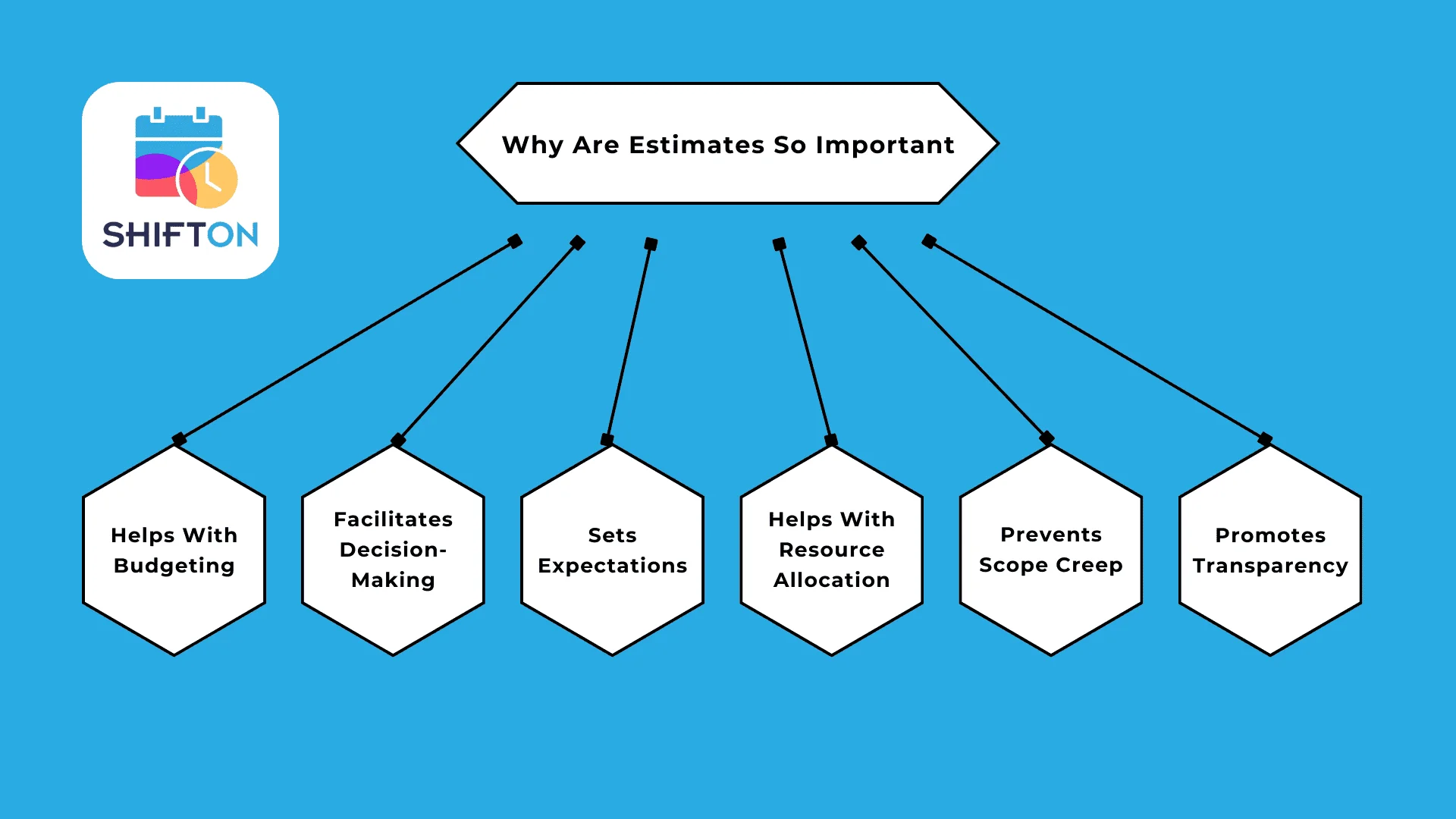
Quality estimates are the cornerstone of any successful business, including plumbing. They affect finances and reputation. Every plumber or plumbing company must understand how precise cost estimation builds future project success, as labour cost becomes a competitive edge. Estimates also help set realistic timelines, enhancing project management.
Estimates aid budgeting: accurate ones ensure all costs and materials are accounted for—critical in plumbing, where budget overruns are easy without thorough estimation. With quality estimates, you can determine exact service costs and reinforce client trust by accurately calculating plumber labour cost.
Estimates facilitate decisions under uncertainty. When you have clear numbers, you can analyze project aspects and make informed choices. This fosters a systematic approach, improving efficiency. That’s why estimating plumbing labour cost includes both qualitative and quantitative analysis. Planning and evaluation help avoid unnecessary risk and lead to project success.
Estimates set expectations: clients understand what they’re getting—timelines, quality, and price. Transparent tariffs and rates for plumbers build trust and alignment. With expectations set, interaction stabilizes, paving the way for long-term relationships.
Estimates aid resource allocation: they indicate needed materials, time, and expertise. That links directly to resource optimization—especially on a tight budget. Understanding all plumbing labour costs improves efficiency and client service.
Estimates prevent scope creep: defining project boundaries and cost helps avoid expanding beyond original parameters. Fixed estimates help minimise risks and establish clearer project lines.
Finally, estimates foster transparency: clients see the breakdown of costs, increasing trust. Transparency helps avoid conflicts, which raises satisfaction. Strong reputation rests on trust—critical in plumbing. Detailed cost reports strengthen credibility and promote long-term client ties.
What to Consider When Estimating Plumbing Costs
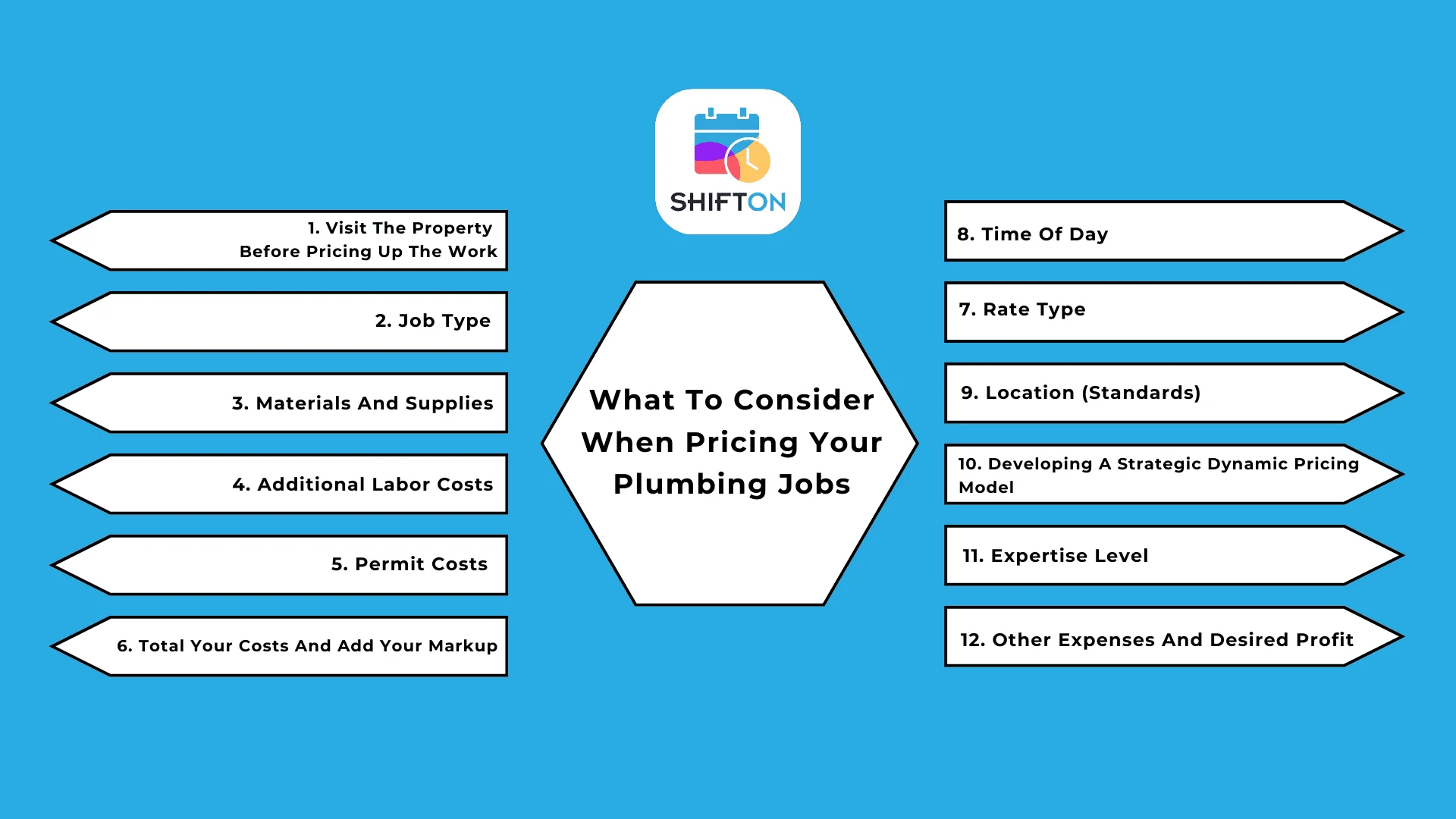
When estimating plumbing costs, you must consider many factors that impact final service pricing. Accurate analysis avoids unexpected costs and ensures pricing transparency. Also, a quality estimate improves competitiveness by clarifying labour cost.
1. Site Visit Before the Estimate
A thorough site inspection identifies existing conditions, potential problems, and required work scope. It ensures accurate input and avoids surprises. It directly influences labour cost estimation by providing more precise assessment.
2. Evaluate Work Volume
Assess how much work and technical challenge the project entails. Accurate labour and resource estimates ensure labour cost reflects reality.
3. Square Footage
Larger areas require more materials and labour. Estimating per square foot helps both you and the client understand costs.
4. Type of Work
Complex jobs requiring special skills or equipment cost more. For instance, retrofitting supply lines in older buildings demands more work—thus higher labour cost.
5. Materials & Supplies
You must account for materials cost—including pipe, fittings, tools, etc. Specialised or high-end materials increase overall service cost.
6. Materials Markup
Include markup on supplies to cover procurement and transport. Transparent pricing builds trust: clients should know part of labour cost covers materials.
7. Additional Labour Costs
Consider whether additional staff are needed—especially for lengthy or complex jobs.
8. Permit Fees
Many plumbing tasks require permits. Don’t neglect those in the final cost estimation.
9. Total Cost + Margin
After summing labour, materials, overhead, and extras, add a profit margin to cover contingencies. That’s essential in labour cost estimation.
10. Rate Type
Choose between hourly, flat rate, or hybrid pricing. Ensure the rate reflects effort, skill, and client requirements. Market rates should guide you.
11. Time of Day
Work outside normal hours—nights or weekends—warrants surcharges. That compensates for inconvenience and labour cost.
12. Location Standards
Regional cost of living and local market rates affect pricing. Research local rates to align your service cost competitively.
13. Strategic & Dynamic Pricing
Craft a pricing strategy that adapts to market shifts. Use strategic forecasting and dynamic adjustment to stay competitive while maintaining service quality.
Balancing Competitive Prices & Quality
You need meticulous analysis to balance low rates against high service quality. Cost-based pricing ensures all direct and indirect costs are covered. This allows transparency and profit.
Value-based pricing determines price by the value you deliver. This requires deep knowledge of client needs. If your service clearly exceeds expectations, you can charge more—preserving your market position.
Level of Expertise
Your skill level influences pricing directly. Experienced plumbers can command higher rates thanks to reputation and unique abilities. Factor that into your labour cost assessment.
Other Costs and Desired Profit
Don’t overlook other business expenses and your target profit margin. These ensure long-term success.
[caption id="attachment_3889" align="aligncenter" width="1920"]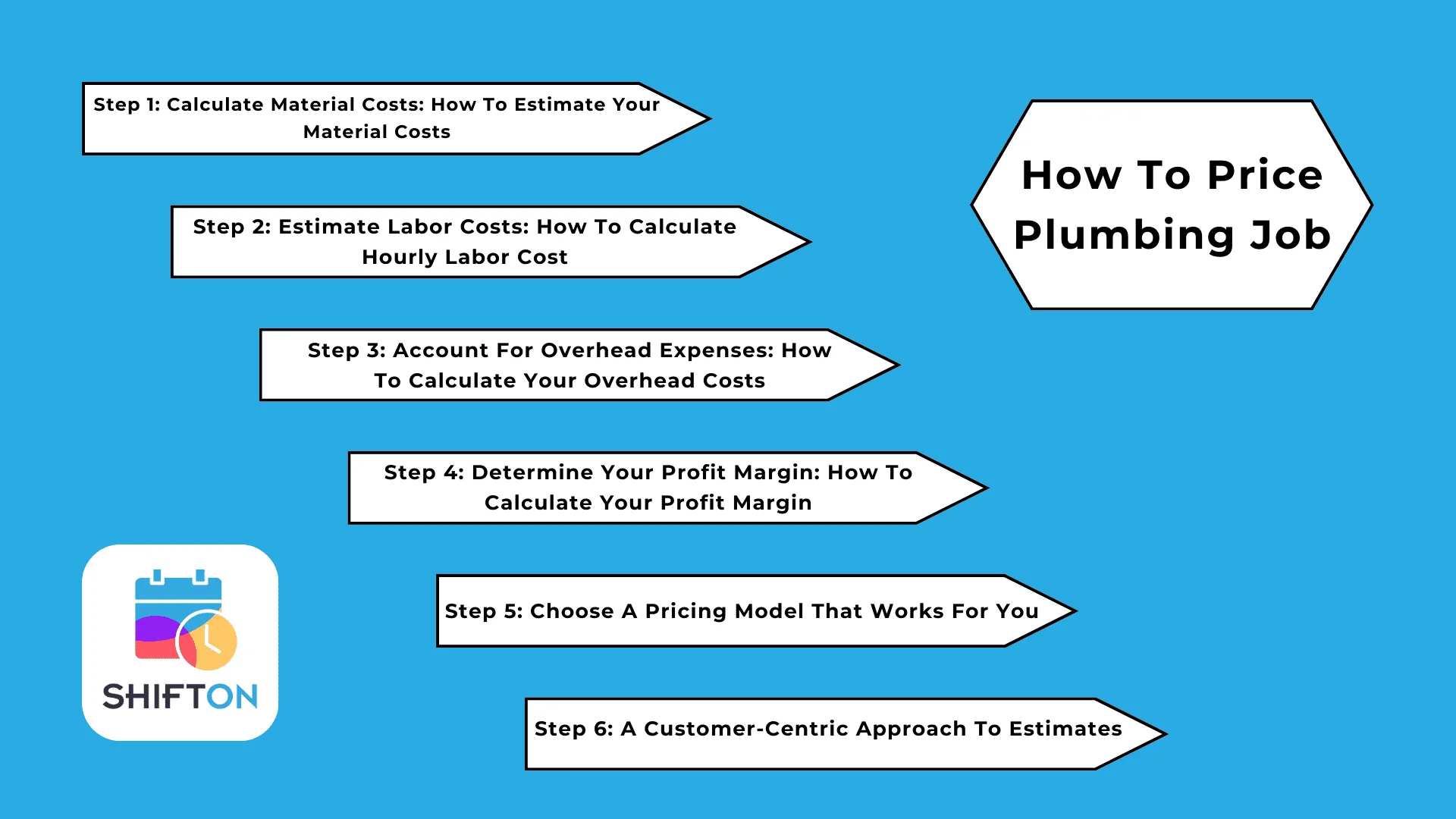 Raising your financial expectations allows you to provide high-quality services and stable income based on your labour cost strategy.[/caption]
Raising your financial expectations allows you to provide high-quality services and stable income based on your labour cost strategy.[/caption]How to Estimate Plumbing Jobs in Steps
To set the right price, follow these steps: from material costs to client alignment.
Step 1: Calculate Material Costs
List necessary items and research current prices—pipes, fittings, fixtures. This prevents surprises and identifies priority purchases to stay within budget.
Step 2: Estimate Labour Costs
Set your hourly rate based on skill, overhead costs, taxes, and local market benchmarks. Research competitors’ rates to stay competitive and profitable.
Step 3: Include Overhead
Include rent, utilities, marketing, etc. Distribute these costs over your services for accurate pricing.
Step 4: Set Profit Margin
Decide on a profit percentage and add it to total costs. This sets clear financial goals and safeguards income.
Step 5: Choose Pricing Model
Decide between hourly, fixed, or hybrid. Evaluate based on work scope and client preferences to propose the most appealing offer.
Types of Quotes
A quote should be detailed—materials, labour, overhead, taxes, guarantees, deadlines. Transparency prevents delays and enhances competitiveness.
Types of Plumbing Projects
Projects vary widely—from installation to repair and replacement—each with its specifications and price drivers.
Installations
Pipe laying: for water supply and drainage.
Fixture installation: sinks, toilets, baths, showers.
Heating system connections: radiators, boilers.
These require planning and skill, as errors create future risks.
Repairs
Leak fixes, faucets, pipe cracks.
Timely repairs prevent bigger issues.
Replacements
Pipe replacement, fixture upgrades, heating system modernization.
These can significantly improve reliability, aesthetics, and energy efficiency.
Plumbing Cost Guide by Service
An owner or manager often wonders: “What’s a fair cost estimate?” Each task varies. Here are key services and price factors:
Leak Repair
Cost depends on complexity and type of pipe. Replacing a segment costs more than patching.
Burst Pipe Replacement
More complex; location (behind wall, underfloor) affects price. Material choice (plastic vs. metal) also matters.
Leak Repair Under Tiles
Specialised work; may require tile removal, waterproofing, surface restoration—driving up price.
Water Heater Repair
Can be as simple as replacing a thermostat or as complex as internal rewiring. Price reflects issue and unit brand.
Garbage Disposal Installation
Depends on model and complexity of hookup. Structural work may be needed, raising labour cost.
Sump Pump Repair
Varies by pump type and repair depth. Minor fixes are cheap; replacing pump costs more.
Main Line Leak Repair
Critical work; causing major damage or flooding if poorly handled. Costs vary by pipe type and location.
Clearing Clogs (Drain/Main)
Methods range from mechanical to hydro-jetting, each with different pricing.
Septic System Setup/Maintenance
Can include routine pumping or full installation (with groundwork). Price depends on condition and work scope.
Toilet Repair
From minor parts to full unit replacement. More complex interventions increase cost.
Step 7: Negotiation & Handling Price Objections
Negotiating labour cost is where deal terms are finalised. Be ready for client pushback. Understanding objections and preparing clear, data-driven responses aids. Offer alternatives to demonstrate value.
Step 8: Adjusting Prices for Special Conditions
Special situations—unique client requirements, emergency calls, or fluctuating market—may necessitate price adjustments. Flexibility increases loyalty, but changes must be justified to clients to maintain fairness.
Step 9: Ensuring Client Satisfaction Through Pricing
Fair, competitive, transparent pricing helps secure new clients and retain existing ones. Clear options and pricing enhance trust, repeat business, and referrals.
Conclusion
Pricing isn’t just about setting a number; it’s strategic. Effective pricing can seal the deal. Invest time and effort into creating a flexible, transparent pricing model that meets both client needs and business objectives. Using modern automation tools like Shifton Service Automation lets you manage pricing efficiently and adaptively, freeing you to focus on growth and quality service that clients appreciate.
Create winning proposals with Shifton Service Automation
Shifton Service Automation offers powerful tools for optimising pricing and business processes. With innovative solutions, you can respond faster to market changes, better understand client needs, and craft the most advantageous offers. Automating these workflows shifts focus to strategy rather than routine tasks, enhancing client satisfaction and profitability.

 English (US)
English (US)  English (GB)
English (GB)  English (CA)
English (CA)  English (AU)
English (AU)  English (NZ)
English (NZ)  English (ZA)
English (ZA)  Español (ES)
Español (ES)  Español (MX)
Español (MX)  Español (AR)
Español (AR)  Português (BR)
Português (BR)  Português (PT)
Português (PT)  Deutsch (DE)
Deutsch (DE)  Deutsch (AT)
Deutsch (AT)  Français (FR)
Français (FR)  Français (BE)
Français (BE)  Français (CA)
Français (CA)  Italiano
Italiano  日本語
日本語  中文
中文  हिन्दी
हिन्दी  עברית
עברית  العربية
العربية  한국어
한국어  Nederlands
Nederlands  Polski
Polski  Türkçe
Türkçe  Українська
Українська  Русский
Русский  Magyar
Magyar  Română
Română  Čeština
Čeština  Български
Български  Ελληνικά
Ελληνικά  Svenska
Svenska  Dansk
Dansk  Norsk
Norsk  Suomi
Suomi  Bahasa
Bahasa  Tiếng Việt
Tiếng Việt  Tagalog
Tagalog  ไทย
ไทย  Latviešu
Latviešu  Lietuvių
Lietuvių  Eesti
Eesti  Slovenčina
Slovenčina  Slovenski
Slovenski  Hrvatski
Hrvatski  Македонски
Македонски  Қазақ
Қазақ  Azərbaycan
Azərbaycan  বাংলা
বাংলা 